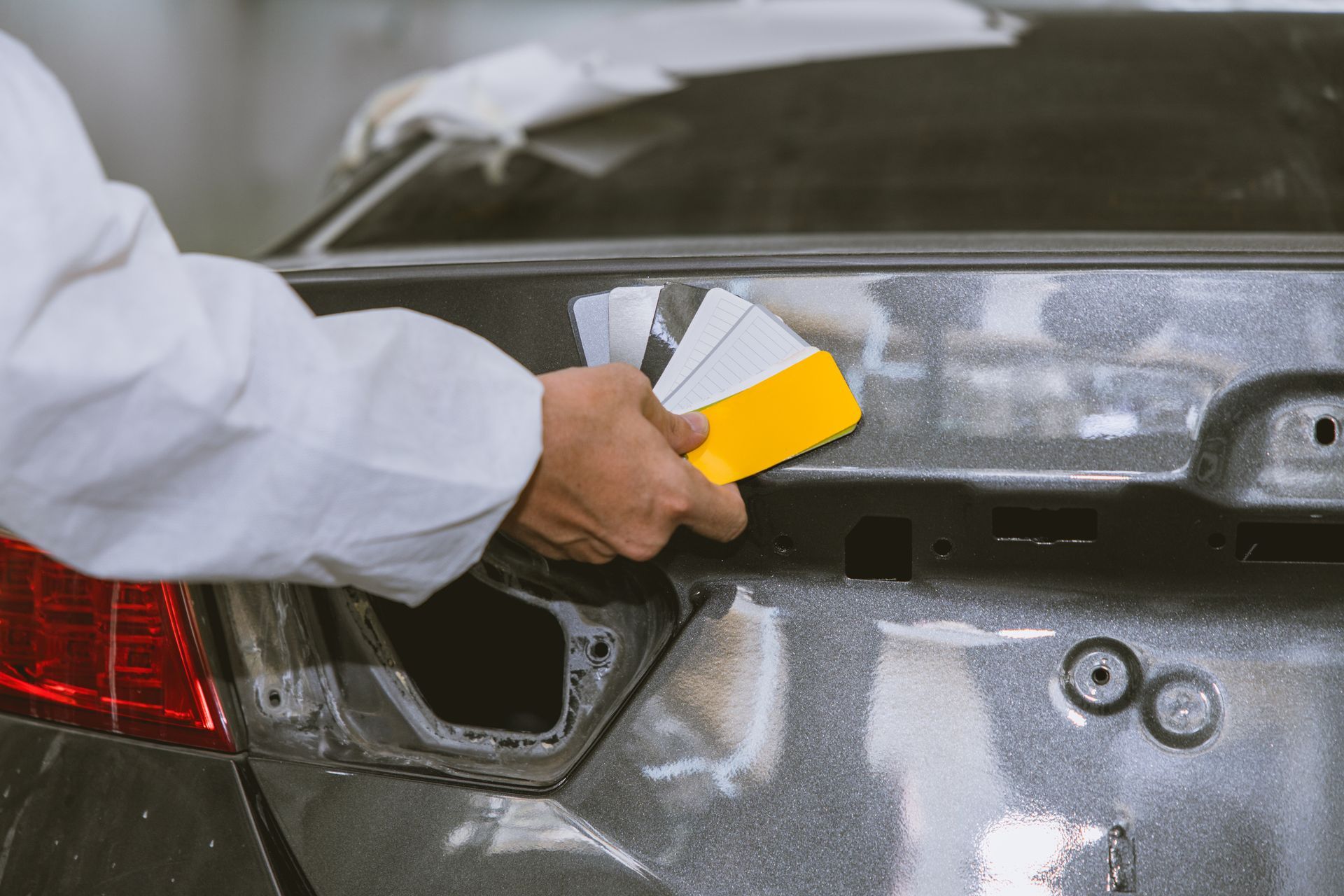Can You Match the Paint Color Exactly to My Vehicle?
A flawless repair isn’t just about fixing dents—it’s about blending paint so perfectly, nobody can tell the difference.
Here’s how VICE makes it happen.
Picture this: you pick up your car after an accident, and while the dents are gone, one panel looks just a shade off. Suddenly, every time you walk up to your car, that mismatch is the first thing you see.
At VICE, we know paint matching isn’t cosmetic fluff—it’s proof that the job was done right. Attorneys rely on it to support fair settlements, and clients deserve a finish that restores pride in their vehicle. Let’s break down how we make sure your car comes back flawless.

Why Paint Matching Really Matters
Mismatched paint can hurt more than your confidence—it impacts your case, your car’s value, and how insurers treat the claim. Here’s why it’s critical:
- For Attorneys: Restoring “pre-accident condition” is key for property damage claims. Bad paint undermines the case.
- For Clients: Your car is often your most valuable asset. A patchwork paint job signals shortcuts and lowers resale value.
That’s why VICE insists on accuracy, documentation, and oversight.

When Paint Gets Complicated
Not all colors are created equal. Some require extra skill:
- Pearl and metallics need multiple layers to catch the light just right.
- Older vehicles may use discontinued paints that must be reformulated.
- Sun-faded finishes mean adjustments beyond the factory code.
At VICE, we don’t gamble with guesswork. We make sure partner shops have the experience and tech to handle even the trickiest refinishes.
So, can paint be matched exactly? Yes—if the shop knows what they’re doing. With the right mix of OEM codes, advanced scanning tools, and skilled refinishing, the results are virtually seamless.
At VICE, we manage the process so attorneys get airtight documentation and clients get a car that looks like it never left the factory. Because at the end of the day, your finish should be flawless—just like your repair.



